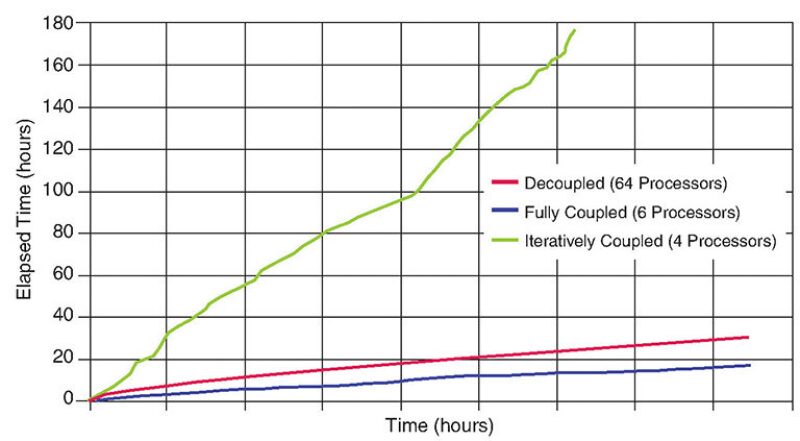There has been increasing interest in integrated simulation of reservoirs, wells, and surface facilities, which is particularly important for companies with major assets in deep offshore fields. The basic approach for integration can be split into decoupled or separated (between a reservoir simulator and a facility simulator), iteratively coupled, and fully coupled networks, with increasing stability and efforts in implementation. This paper covers the development of a state-of-the-art fully coupled network inside a next-generation commercial reservoir simulator and compares different coupling approaches on real field cases.
Introduction
Two basic and diverse strategies exist for integrated simulation. The separated strategy focuses on loosely coupling separate software together, typically between an existing reservoir simulator and an existing facility simulator.


